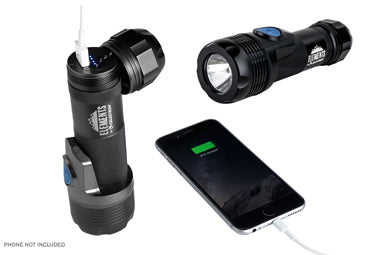What Telescope Should I Buy for Myself or Someone Else?
November 19, 2015
I often get asked by friends, family and people who see my work online – What Telescope Should I Buy? Or What Telescope Should I buy for my Son / Daughter / Husband / Wife?
I love this question.
I know the correct way to answer this question is with another one – What do you want to do? I know that the answer to that opens the door to a pretty solid answer. SCTs for planets and lunar photography, Dobsonians for high magnification visual observation, Refractors for nebula photography and visual, specialist scopes for solar. Easy, right?
The problem is of course, that generally people aren’t sure what they want to do when they start out, or they are buying a telescope for someone else with a broad interest in space. I love this question because that’s me. I want to do a bit of everything. I want a scope that does everything! Does such a scope even exist?
It’s easy to get lost in the minutia of telescope selection, and yes, there are right and wrong scopes depending on what you want to do. But if you want an “all-rounder” like I do, then read on. Here are my top 5 tips for buying a first telescope.
- Always get a computerized “GOTO” mount if budget allows
Beginners will enjoy their telescope more and find it much easier to use if you buy a telescope that comes with a computerized mount. These mounts will automatically point the telescope to planets, nebula, clusters and other objects of interest. Astronomy is a huge area of science but not everyone is a scientist. Not only is a computerized mount good for beginners, but essential for the astrophotography pros too, so I consider it essential either way. This increases the entry cost a little but it’s worth it, it really is.
- Buy a popular, well-known brand.
There are lots of manufacturers and brands out there, but the bigger well known brands have the biggest communities of users. Apart from the guaranteed build quality alone, when you need help, there is often a wealth of information online. I’ve been saved more than once by whipping out my smartphone and googling the answer to any questions I have while outside in the dark!
- Don’t get the biggest scope you can (yet).
The bigger the scope, the harder it is to move and use. Astronomy is really addictive (trust me!) but if your scope is too hard to move around alone or takes hours or days to plan and use you’ll use it less and less. A small, portable telescope is a great first step.
Also, space has objects of all shapes and sizes and the smaller scopes are actually better at some of the bigger objects. When I upgraded my telescope I kept my starter 4” Nexstar SCT which I still use all the time, especially when travelling or for solar and lunar photography.
Finally, I’ve also used my small telescope for other things like bird or whale watching where the portability really helps so you can pick up and go.
- Buy a battery for portability.
Even if the scope you choose can run off the mains power or rechargeable batteries, consider getting a portable battery like the Celestron Powertank. Having portable power means you can get away from the urban lights easily. I use my Powertank for camping all the time, especially as it’s also a torch, USB charger for my phone and 12v output for other things like air compressors. I’ll never manually blow up a camping mattress again!
- Consider an SCT type telescope
I know what I’m about to say may be as controversial as Canon vs Nikon or Apple vs Windows but the SCT style telescope is a perfect all rounder scope capable of many different types of astronomy.
- SCTs are high magnification so work great for even small astronomical objects and are great for planets especially
- Their smaller size makes them easier to transport
- With extra adapters like focal reducers or different chip sizes you can image things of many different sizes.
- They balance well when piggybacking a DSLR camera, which opens up further photographic possibilities.
SCTs sometimes do require a little more “work” in terms of collimation and focus which SCTs require for great photographs, but the trade-off pays in dividends for pure versatility of use. They all work well for visual, non-photographic observation as well.
Here is a list of Celestron Telescopes I would consider as excellent first telescope for the potential astronaut in your life. They all meet the criteria I’ve listed above and I guarantee they will bring a smile to the face and years of enjoyment!
Dylan O’Donnell is an acclaimed astrophotographer whose work has been published by NASA, ESA and featured by publishers around the world. He uses a Celestron Nexstar 4SE and a Celestron Edge HD 9.25 SCT to photograph space in many different ways. Find him on instagram as @dylan_odonnell_ or his blog deography.com

























